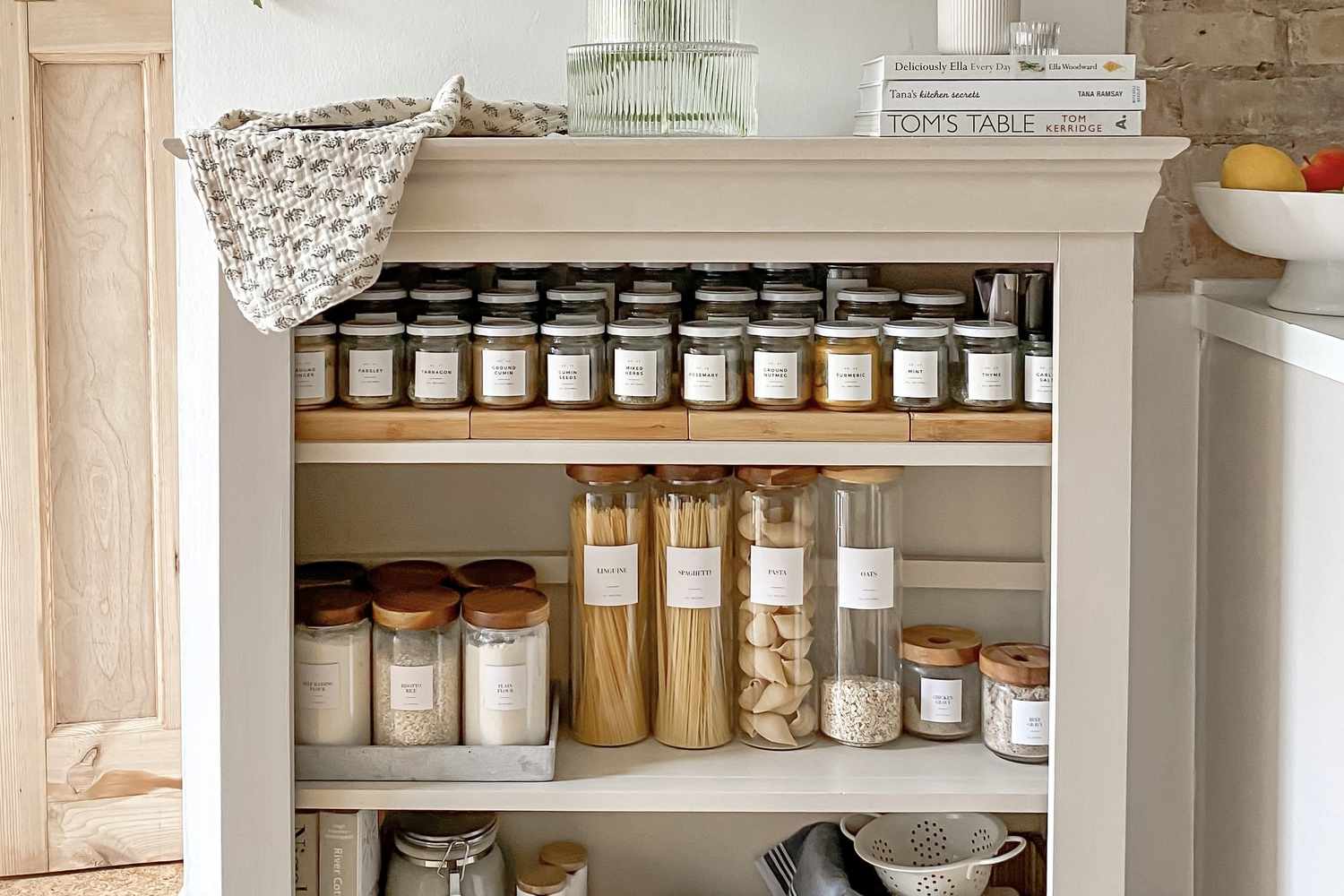

Articles
How To Store Spices In Cabinet
Modified: January 6, 2024
Learn how to effectively store your spices in your cabinet and keep them fresh for longer with these helpful articles.
(Many of the links in this article redirect to a specific reviewed product. Your purchase of these products through affiliate links helps to generate commission for Storables.com, at no extra cost. Learn more)
Introduction
Spices are an essential ingredient in cooking, adding flavor, aroma, and depth to recipes. Properly storing spices is vital to preserving their freshness and potency, ensuring that they continue to enhance your culinary creations. One of the most common storage options for spices is in a cabinet, as it provides a cool, dark, and accessible space.
In this article, we will explore the importance of proper spice storage, the considerations for choosing the right cabinet, clearing out and organizing your spices, selecting the appropriate containers, labeling and inventory management, arranging spices in the cabinet, and tips for maintaining spice freshness.
By following these guidelines, you’ll be able to create a well-organized spice cabinet that will not only keep your spices fresh but also make your cooking experience more efficient and enjoyable.
Key Takeaways:
- Proper spice storage is crucial for maintaining flavor and aroma. Choose a dark, cool cabinet, clear out expired spices, and use airtight, labeled containers to keep your spices fresh and organized.
- Consider the specific needs of different spices. Store them in appropriate containers, label and manage your inventory, and arrange them by type and frequency of use for an efficient and well-organized spice cabinet.
Read more: How To Store Tupperware In Cabinets
Importance of Proper Spice Storage
The proper storage of spices is crucial for maintaining their flavor, aroma, and potency. When exposed to light, heat, air, and moisture, spices can quickly lose their quality and become dull, stale, or even spoiled. By storing spices correctly, you can extend their shelf life and ensure that they remain vibrant and flavorful for an extended period.
One of the primary enemies of spice freshness is light. Exposure to light can cause spices to undergo a process called photodegradation, where the essential oils and compounds responsible for their flavor and aroma break down. To protect spices from light, it’s important to store them in a dark cabinet or drawer.
Another crucial factor to consider is heat. Excessive heat can cause spices to lose their flavor rapidly. It’s best to store spices away from direct heat sources, such as stoves or ovens, to prevent their quality from deteriorating. Additionally, fluctuations in temperature can also impact spice freshness, so it’s essential to choose storage areas that maintain a consistent temperature.
Air and moisture are also major culprits in spice deterioration. When spices are exposed to air, they can absorb unwanted odors and moisture, which can lead to clumping and the growth of mold and bacteria. To combat this, it’s important to store spices in airtight containers that prevent air and moisture from reaching them. This will not only preserve their flavor but also maintain their texture and appearance.
Proper spice storage is not only essential for maintaining their quality but also for convenience. By organizing your spices in an efficient manner, you can easily locate the ones you need, saving time and effort while cooking. Additionally, when spices are stored correctly, you’re more likely to use them regularly, ensuring that they are always fresh and potent.
Overall, investing time and effort in proper spice storage is crucial for any home cook or chef. By protecting spices from light, heat, air, and moisture, and organizing them effectively, you’ll be able to enjoy vibrant, flavorful, and aromatic dishes that showcase the true essence of your spices.
Choosing the Right Cabinet
When it comes to storing spices in a cabinet, selecting the right cabinet is essential for maintaining their freshness and quality. Here are a few considerations to keep in mind when choosing a cabinet for spice storage:
1. Dark and cool: Look for a cabinet that is dark and away from direct sunlight. Exposure to light can cause spices to lose their flavor and aroma quickly. Additionally, a cool environment helps to preserve the potency of spices. Avoid cabinets near appliances that generate heat, such as ovens or stovetops.
2. Ventilation: While darkness is important, ensure that the cabinet has proper ventilation. Good airflow helps to prevent moisture build-up, reducing the risk of spices clumping or developing mold. Cabinets with built-in ventilation features or those that allow some air circulation are ideal for spice storage.
3. Accessibility: Opt for a cabinet that is easily accessible. This will make it easier for you to locate and retrieve the spices you need while cooking. Consider the cabinet height, handles, and overall convenience when choosing the right cabinet for spice storage.
4. Space: Take into account the amount of space available in the cabinet. If you have a large collection of spices, you may need a cabinet with ample storage capacity. Consider the number of shelves, their adjustable features, and the overall layout of the cabinet to ensure it can accommodate your spice collection.
5. Proximity to the cooking area: Ideally, the spice cabinet should be located near your cooking area for easy access. This saves time and effort when grabbing spices during meal preparation. However, make sure the cabinet is not too close to heat sources, as mentioned earlier, to avoid compromising spice freshness.
By taking these considerations into account, you can choose the right cabinet that provides optimal conditions for storing and accessing your spices. A well-chosen cabinet will contribute to the longevity and freshness of your spice collection while making your cooking experience more efficient and enjoyable.
Clearing Out and Organizing
Before you start organizing your spices in the cabinet, it’s essential to clear out and assess your current collection. Follow these steps to clear out and organize your spice collection:
1. Check for expiration dates: Start by checking the expiration dates on your spice bottles or containers. Spices lose their potency over time, so it’s important to discard any expired spices. If you can’t find an expiration date, a general guideline is to replace ground spices every 1-3 years, whole spices every 3-4 years, and dried herbs every 1-3 years.
2. Inspect for freshness: Even if a spice hasn’t expired, it may still have lost its flavor and aroma. Take a moment to smell and taste each spice to ensure its freshness. If the scent is weak or if you’re not getting the usual flavor punch, it may be time to replace it with a fresh batch.
3. Consider frequency of use: Evaluate the spices you use most frequently. Keep those within easy reach in your cabinet, while placing less frequently used spices towards the back or higher up. This way, you’ll ensure that your go-to spices are readily accessible during your everyday cooking.
4. Group similar spices together: Organize your spices by grouping similar ones together. For example, keep all your dried herbs in one section, your chili powders and paprika in another section, and so on. This will make it easier to locate specific spices when you need them.
5. Consider alphabetizing: If you have a large spice collection, consider alphabetizing the spices within each group. This further enhances organization and makes finding the right spice a breeze. You can also use a labeling system to label each spice in alphabetical order to simplify the process.
6. Consolidate and repackage: If you have multiple bottles or containers of the same spice, consolidate them into one container. This saves space in your cabinet and makes it easier to keep track of your inventory. Consider using small airtight containers or spice jars for uniformity.
7. Remove excess packaging: Many store-bought spice containers include unnecessary packaging that takes up extra space. Remove any excessive packaging and transfer the spices into smaller containers or jars to optimize space in your cabinet.
By following these steps, you can clear out any old or expired spices, and organize your remaining collection for easy access and efficient utilization. A well-organized spice cabinet not only enhances your cooking experience but also helps maintain the freshness and quality of your spices.
Considerations for Different Types of Spices
When storing spices in your cabinet, it’s important to consider the specific needs and characteristics of different types of spices. Here are some considerations for various types of spices:
1. Whole spices: Whole spices, such as cinnamon sticks, cloves, or peppercorns, have a longer shelf life compared to ground spices. To preserve their freshness, store them in airtight containers or spice jars. Keep them in a cool and dark cabinet away from moisture and sunlight. When using whole spices, consider grinding them just before use to maximize their flavor and aroma.
2. Ground spices: Ground spices, like cumin, paprika, or turmeric, have a shorter shelf life compared to whole spices. To maintain their freshness, store them in airtight containers or spice jars. Keep them in a cool, dark, and dry cabinet. It’s a good practice to label ground spices with the purchase or expiration date for better inventory management.
3. Dried herbs: Dried herbs, such as basil, oregano, or thyme, are more delicate compared to spices. They can lose their potency and flavor quickly. To preserve their freshness, store them in airtight containers or glass jars in a cool, dry, and dark cabinet. Avoid exposing them to heat or moisture, as it can cause them to lose their flavor and aroma faster.
4. Chili powders and paprika: Chili powders and paprika can lose their color, flavor, and spiciness when exposed to light, heat, and moisture. Store them in airtight containers or glass jars and keep them in a cool, dark, and dry cabinet. Consider using opaque containers to further protect them from light exposure.
5. Specialty spices: Specialty spices, such as saffron, vanilla pods, or truffle salt, are often more expensive and require extra care. Store them in airtight, light-proof containers or jars and keep them in a cool, dark, and dry cabinet. Consider placing them in a separate section within your spice cabinet to prevent cross-contamination and to easily locate them when needed.
6. Blends and seasonings: Blends and seasonings, like curry powder or Italian seasoning, may have multiple ingredients and flavors. Store them in airtight containers or spice jars in a cool, dry, and dark cabinet. Avoid exposing them to excessive light or heat, as it can cause the flavors to deteriorate and blend together.
By considering the specific needs of each type of spice, you can ensure that they remain fresh, flavorful, and aromatic for a longer period of time. Proper storage and careful attention to the conditions of your spice cabinet will help you make the most of your spice collection and elevate your culinary creations.
To store spices in a cabinet, use airtight containers to keep them fresh longer. Label the containers with the spice name and date of purchase for easy identification. Keep the cabinet away from direct sunlight and heat sources to maintain the spices’ flavor and potency.
Read more: How To Store Glassware In Cabinets
Proper Containers for Spice Storage
Choosing the right containers for storing spices is crucial to maintaining their freshness, potency, and flavor. Here are some considerations for selecting the proper containers for spice storage:
1. Airtight containers: Opt for containers that provide airtight seals to prevent air and moisture from reaching your spices. This helps to preserve their flavor, aroma, and texture. Glass jars with screw-top lids or containers with silicone gaskets are excellent options for maintaining airtight seals.
2. Dark and opaque: Light can cause spices to lose their flavor and aroma quickly. To protect your spices from light exposure, choose containers that are dark or opaque. This helps to block out light and keep your spices fresh. Amber or tinted glass jars or containers made from dark-colored plastic are ideal for this purpose.
3. Size-appropriate: Consider the quantity of spices you typically use and choose containers that are of suitable size. This prevents excessive air space within the container, which can lead to flavor deterioration. It’s also helpful to have different-sized containers to accommodate varying spice quantities.
4. Easy to access and use: Look for containers that are easy to open, close, and handle. Screw-top lids or containers with flip-top lids are user-friendly options. Additionally, consider the size and shape of the container, as it should be easy to scoop or sprinkle spices out without causing mess or waste.
5. Durable and non-reactive: Select containers that are durable and made from non-reactive materials to prevent the transfer of odors or flavors. Glass, stainless steel, or high-quality plastic containers are great choices. Avoid containers made of materials like tin or aluminum, as they may react with certain spices and compromise their quality.
6. Label-friendly: Properly labeling your spice containers is essential for easy identification. Choose containers that have smooth surfaces suitable for attaching labels or write-on labels. This allows you to quickly locate and retrieve the desired spice from your cabinet.
7. Stackable or space-saving: To maximize space in your spice cabinet, consider containers that are stackable or designed for space-saving storage. This allows you to efficiently organize and store your spices while utilizing the available cabinet space effectively.
By choosing containers that are airtight, dark, size-appropriate, user-friendly, durable, label-friendly, and space-saving, you can create an ideal storage environment for your spices. Proper containers help maintain the freshness and quality of your spices, ensuring that they enhance your culinary creations for a long time to come.
Labeling and Inventory
Labeling and maintaining an inventory system for your spices is essential for an organized and efficient spice cabinet. Here are some tips for effectively labeling and managing your spice collection:
1. Clear and legible labels: Use clear and legible labels to identify your spice containers. Label each container with the name of the spice and, if desired, additional information such as the purchase date or expiration date. This makes it easy to find the desired spice and helps you keep track of freshness.
2. Consistent labeling system: Establish a consistent labeling system for your spices. Choose a format for your labels, such as handwritten, printed, or pre-made labels, and stick to it for consistency. Ensure that the labels are visible and easily readable, even when the containers are stacked or stored in a crowded cabinet.
3. Arrange labels uniformly: Place the labels in a consistent position on each container for easy identification. For example, you can choose to position the labels on the front or top of each container. This allows you to quickly scan and locate spices in your cabinet.
4. Alphabetical order: Consider organizing your spices in alphabetical order to simplify the locating process. Arrange the spice containers in the cabinet based on their names for easy access. This helps you quickly find the spice you need during meal preparation.
5. Inventory management: Keep track of your spice inventory by regularly updating a list or spreadsheet. Note down the names of the spices, quantities, purchase dates, and expiration dates, if available. This helps you avoid duplicate purchases and ensures that you use the spices before they lose their freshness.
6. Regular rotation: As part of your inventory management, practice rotating your spices. Use the older spices first and place new purchases towards the back of the cabinet. This prevents spices from sitting unused for an extended period and helps you maximize their shelf life.
7. Revisit and update: Schedule regular check-ins with your spice cabinet to review and update your labeling and inventory system. Remove any empty or expired containers, update information on labels, and make note of spices that need restocking. This ensures that your spice cabinet remains organized, up-to-date, and efficient.
By implementing a clear labeling system and maintaining an inventory of your spice collection, you’ll have a well-organized spice cabinet that allows you to easily locate and manage your spices. This not only saves time during cooking but also helps you maintain the freshness and quality of your spices.
Arranging Spices in the Cabinet
The arrangement of spices in your cabinet plays a crucial role in maintaining an organized and functional spice collection. Here are some tips for effectively arranging your spices:
1. Grouping by type: Arrange your spices by type or category. For example, group together dried herbs, chili powders, whole spices, or specialty spices. This makes it easier to locate specific spices when you need them and creates a sense of organization within your cabinet.
2. Frequency of use: Consider the frequency with which you use certain spices. Place the spices you use most often towards the front of the cabinet for easy access. Less frequently used spices can be positioned towards the back. This ensures that your go-to spices are readily available during your everyday cooking.
3. Height and accessibility: Organize your spices based on height and accessibility. Place taller spice containers or jars at the back of the cabinet, gradually decreasing in height towards the front. This allows you to see and reach all the spices easily without any obstruction.
4. Alphabetical order: If you prefer a systematic approach, consider arranging your spices in alphabetical order within each group. This further enhances organization and eliminates unnecessary time spent searching for specific spices. It’s helpful to use clear labels with legible writing to easily identify each spice.
5. Utilize racks or risers: Make use of spice racks or risers within your cabinet to maximize space and improve visibility. These accessories help elevate spice containers, making it easier to see and access each spice. Adjustable racks or those with tiered levels provide additional flexibility and functionality.
6. Visibility and labeling: Ensure that spice labels are visible and facing forward for easy identification. If using opaque containers, consider attaching labels to both the lids and sides of the containers. This allows you to quickly scan and locate the desired spice without having to handle each container.
7. Keep related items together: If you use specific spices or ingredients together frequently, consider placing them in close proximity within your cabinet. For example, if you often use cinnamon and nutmeg in baking, keep them together for easy access and convenience.
8. Regular maintenance: Regularly review and rearrange your spice cabinet as needed. Remove any empty or expired containers and adjust the arrangement based on your changing needs. This helps to maintain an efficient and organized spice cabinet over time.
By following these tips, you can create a well-arranged spice cabinet that is not only visually appealing but also functional and efficient. An organized cabinet streamlines your cooking process and ensures that you can easily find and use the spices you need for your culinary creations.
Tips for Maintaining Spice Freshness
To ensure that your spices remain fresh and potent for as long as possible, it’s important to follow some best practices for spice storage. Here are some tips for maintaining spice freshness:
1. Store spices in a cool, dark place: Heat and light can quickly degrade the flavor and aroma of spices. To minimize their exposure to these factors, store your spices in a cool, dark area, such as a cabinet or pantry. Avoid placing spices near heat sources like stovetops or ovens.
2. Keep spices in airtight containers: Protect spices from air and moisture by storing them in airtight containers. This helps to maintain their flavor and prevent clumping. Avoid transferring spices into containers that are too large, as the excess air inside can lead to flavor loss. Consider using glass jars or plastic containers with tight-fitting lids.
3. Avoid grinding spices until ready to use: Whole spices typically retain their flavor and aroma for longer periods than ground spices. To maximize freshness, it’s best to grind spices just before use. This ensures that their essential oils and flavors are preserved until they’re needed in your recipes.
4. Minimize exposure to air: Every time you open a spice container, air can enter and cause flavor deterioration. To minimize exposure, use a scoop or a clean, dry spoon to measure out spices instead of directly pouring them from the container. Reseal the container tightly after each use to prevent air from entering.
5. Avoid storing spices above the stove or near other heat sources: Heat can quickly degrade the quality and flavor of spices. Avoid storing spice containers above or near the stove, as the heat from cooking can cause them to lose their potency faster. Instead, choose a cool and dry storage location.
6. Do not shake spices directly over steaming pots: Directly shaking spice containers over steaming pots can introduce moisture which can lead to clumping and deterioration. Instead, measure out the desired amount of spice into a separate container before adding it to your dish.
7. Regularly check and rotate your spice collection: Spices do have a shelf life, and their potency will fade over time. Regularly check the expiration dates on your spice containers and rotate your spice collection by using older spices first. This ensures that you’re using them at their peak freshness.
8. Avoid storing spices near strong-smelling ingredients: Spices can easily absorb odors from strong-smelling ingredients, such as garlic or onions. To prevent flavor contamination, store spices separately from these ingredients or use airtight containers to isolate them within your spice cabinet.
9. Consider buying spices in smaller quantities: While buying spices in bulk can be cost-effective, if you’re not using them frequently, they may lose their freshness before you can finish them. Consider buying spices in smaller quantities, especially for those you use less often, to ensure optimal freshness.
10. Take note of storage instructions for specialty spices: Some specialty spices, such as saffron or vanilla pods, may have specific storage requirements. Follow the manufacturer’s instructions for storing these spices to maintain their quality and flavor for as long as possible.
By following these tips, you can prolong the freshness and flavor of your spice collection. A small investment in proper storage and handling techniques can make a significant difference in the quality of your culinary creations.
Read more: How To Store Mugs In Cabinet
Conclusion
Properly storing spices in your cabinet is essential for maintaining their freshness, aroma, and flavor. By implementing the tips and considerations outlined in this article, you can create a well-organized and efficient spice storage system that enhances your culinary experiences.
Choosing the right cabinet, clearing out and organizing your spices, considering the needs of different spice types, selecting appropriate containers, labeling and maintaining an inventory, arranging spices effectively, and following best practices for spice freshness are all important aspects of creating and maintaining a functional spice cabinet.
Your spice cabinet should be a cool, dark, and accessible space that protects spices from light, heat, air, and moisture. Airtight containers, proper labeling, and consistent inventory management help ensure that your spices remain fresh and potent for as long as possible.
By taking the time to properly store and care for your spices, you will be rewarded with vibrant, flavorful dishes that showcase the true essence of your ingredients. Whether you’re a seasoned chef or an enthusiastic home cook, an organized spice cabinet is a valuable asset that enhances your cooking process and allows you to unleash your culinary creativity.
So, clear out that cluttered spice cabinet, invest in appropriate storage containers, and take the necessary steps to maintain the freshness of your spices. Your taste buds will thank you as you savor the rich flavors and aromas infused into your recipes.
Frequently Asked Questions about How To Store Spices In Cabinet
Was this page helpful?
At Storables.com, we guarantee accurate and reliable information. Our content, validated by Expert Board Contributors, is crafted following stringent Editorial Policies. We're committed to providing you with well-researched, expert-backed insights for all your informational needs.
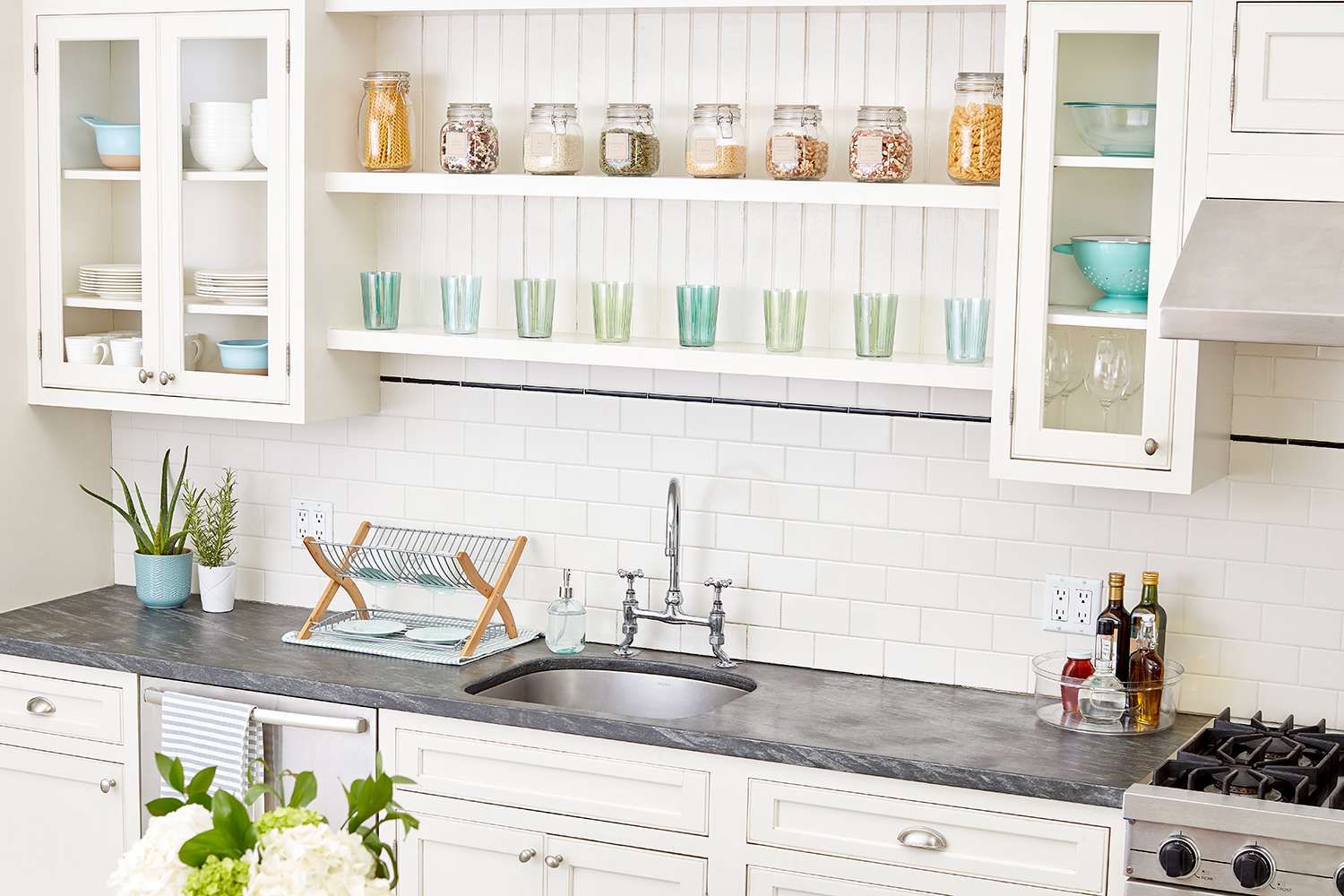
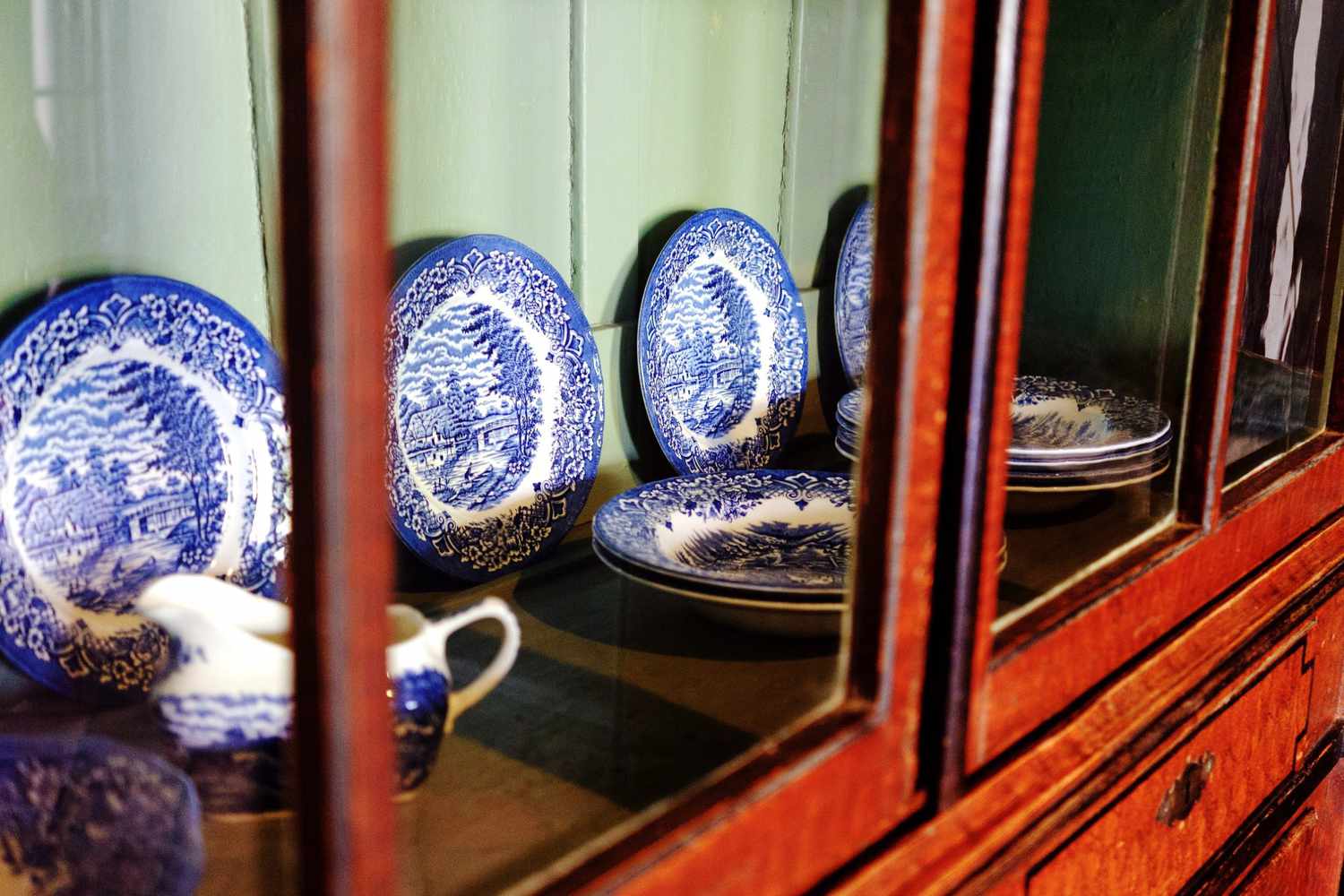
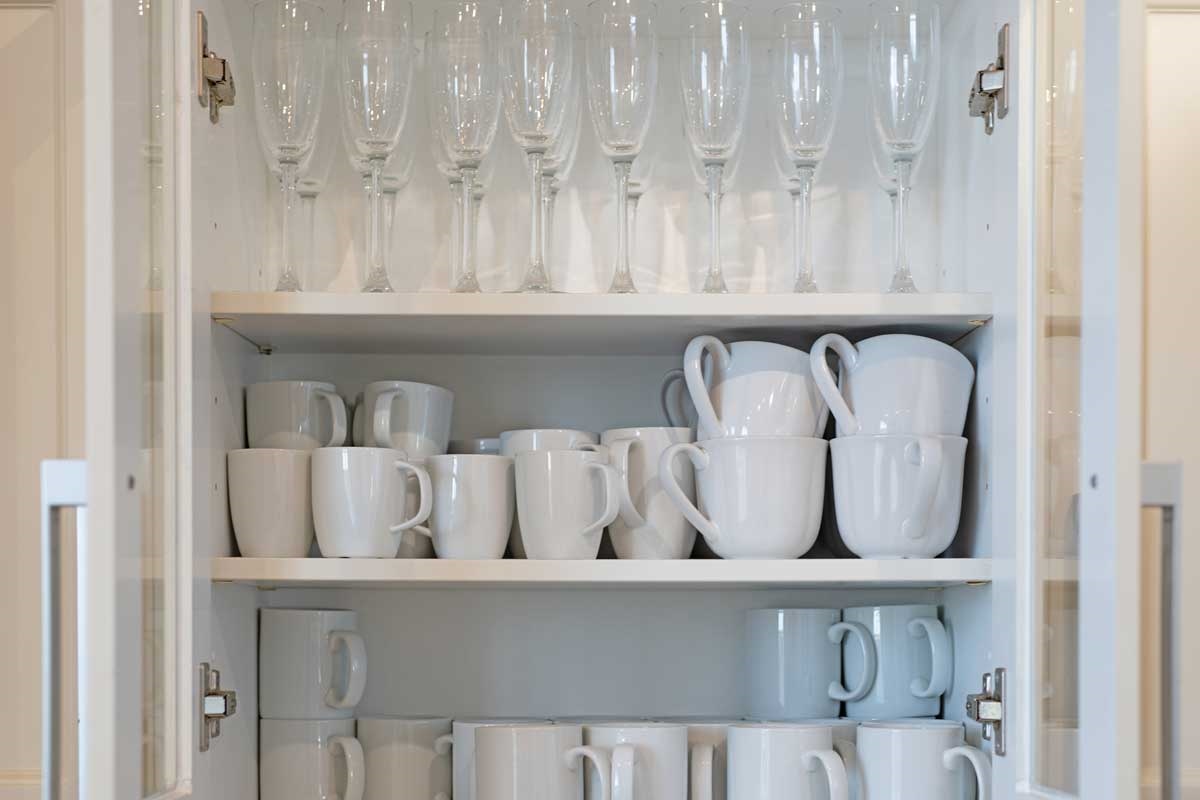
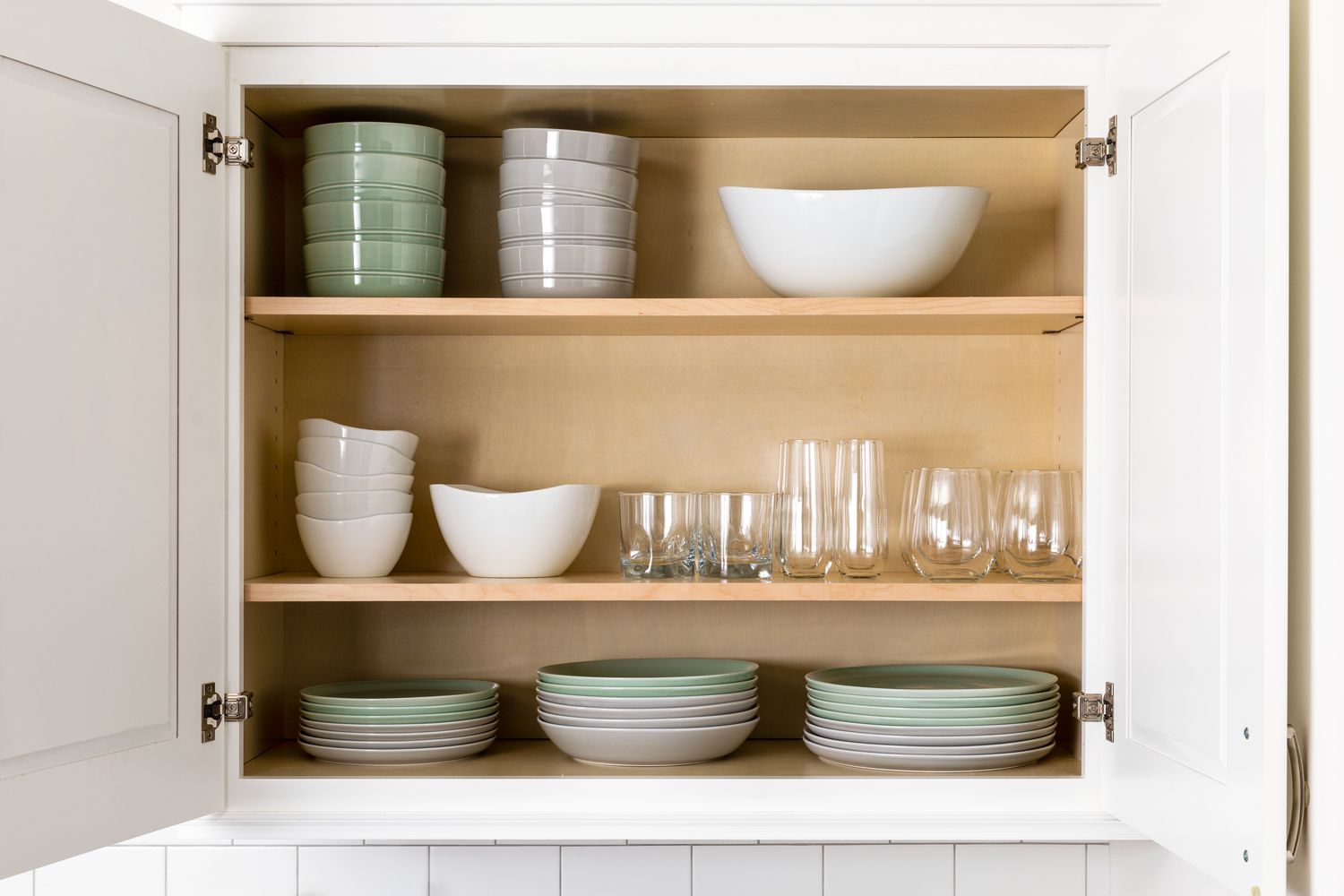
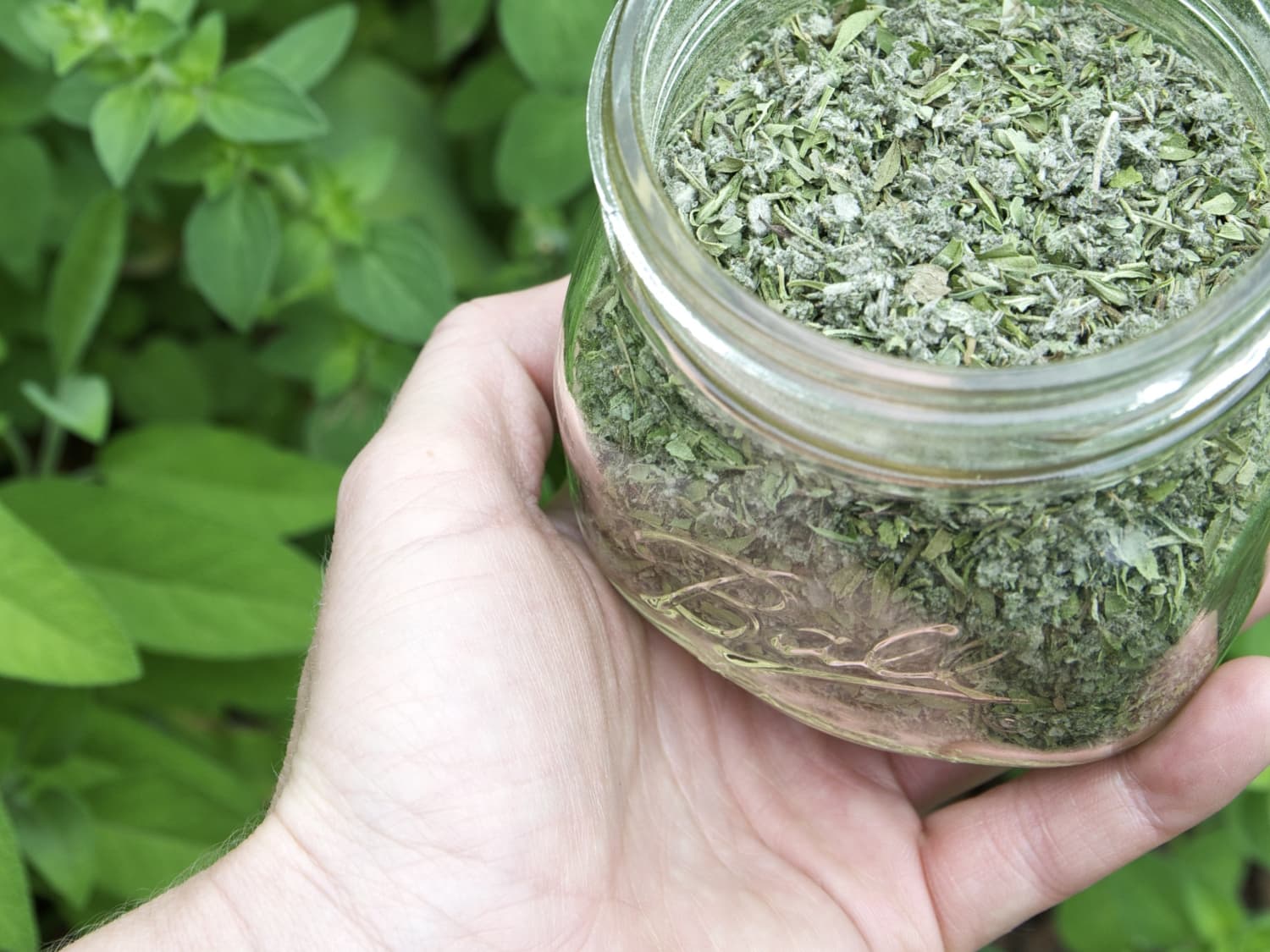
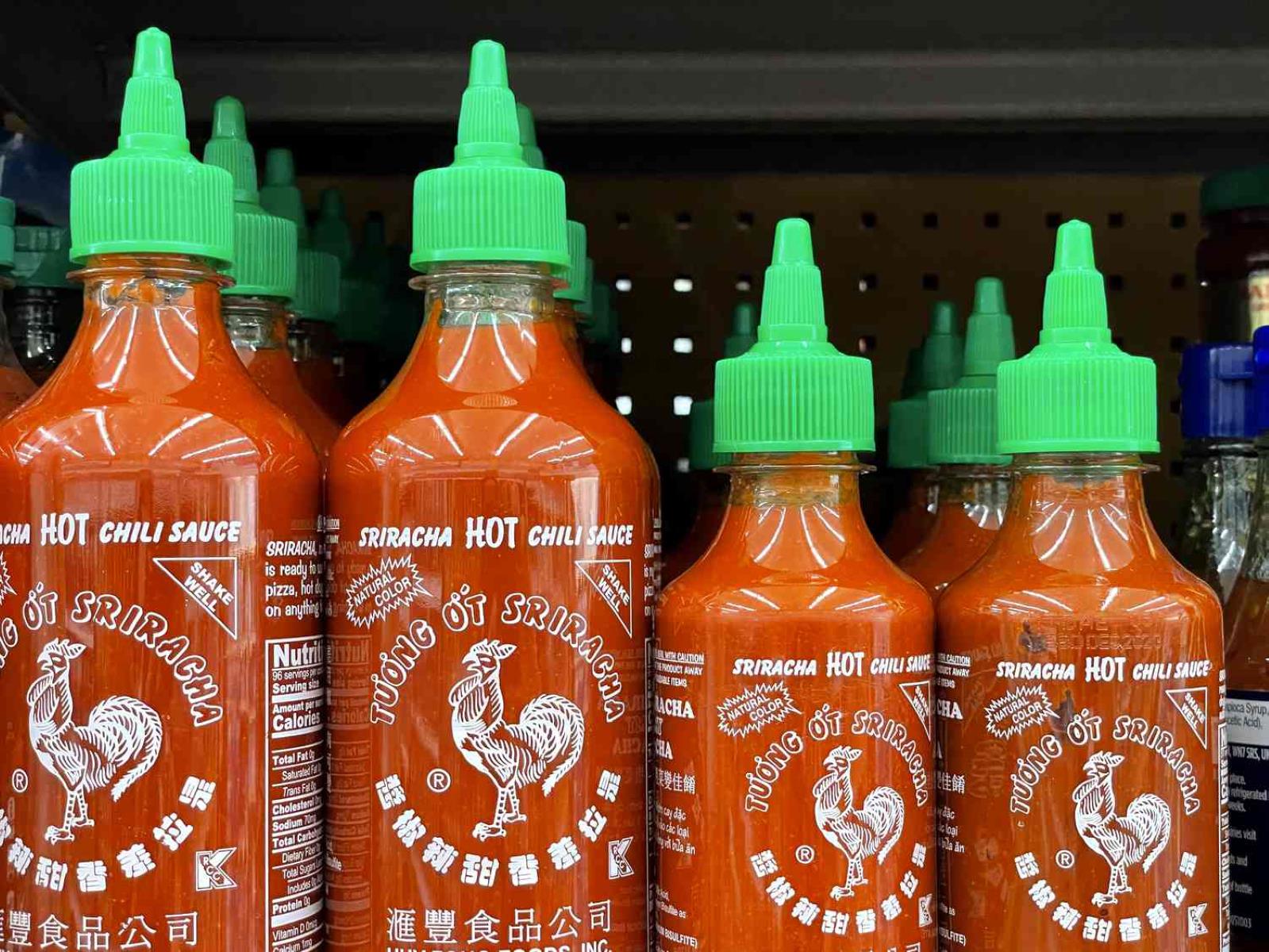
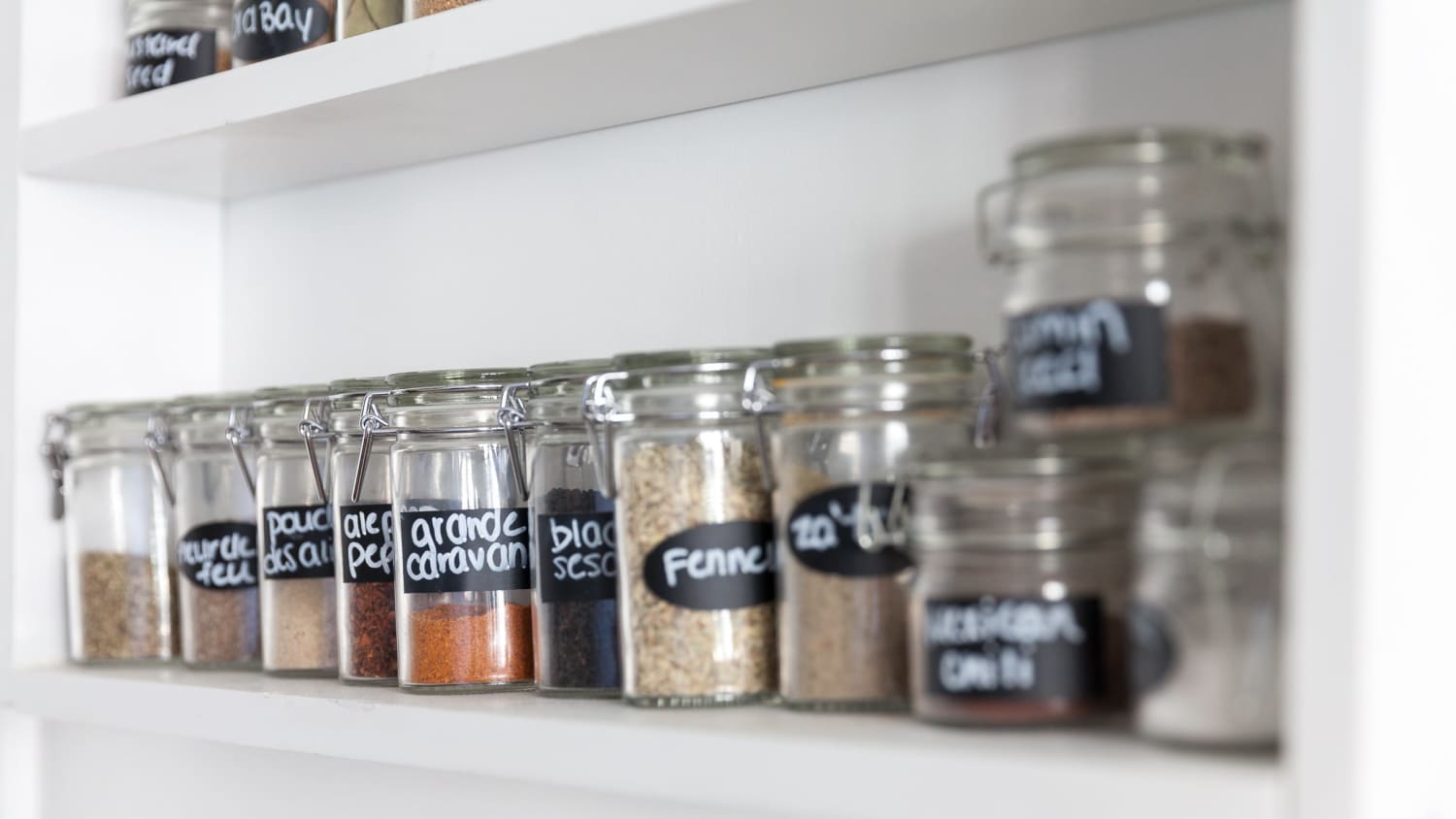
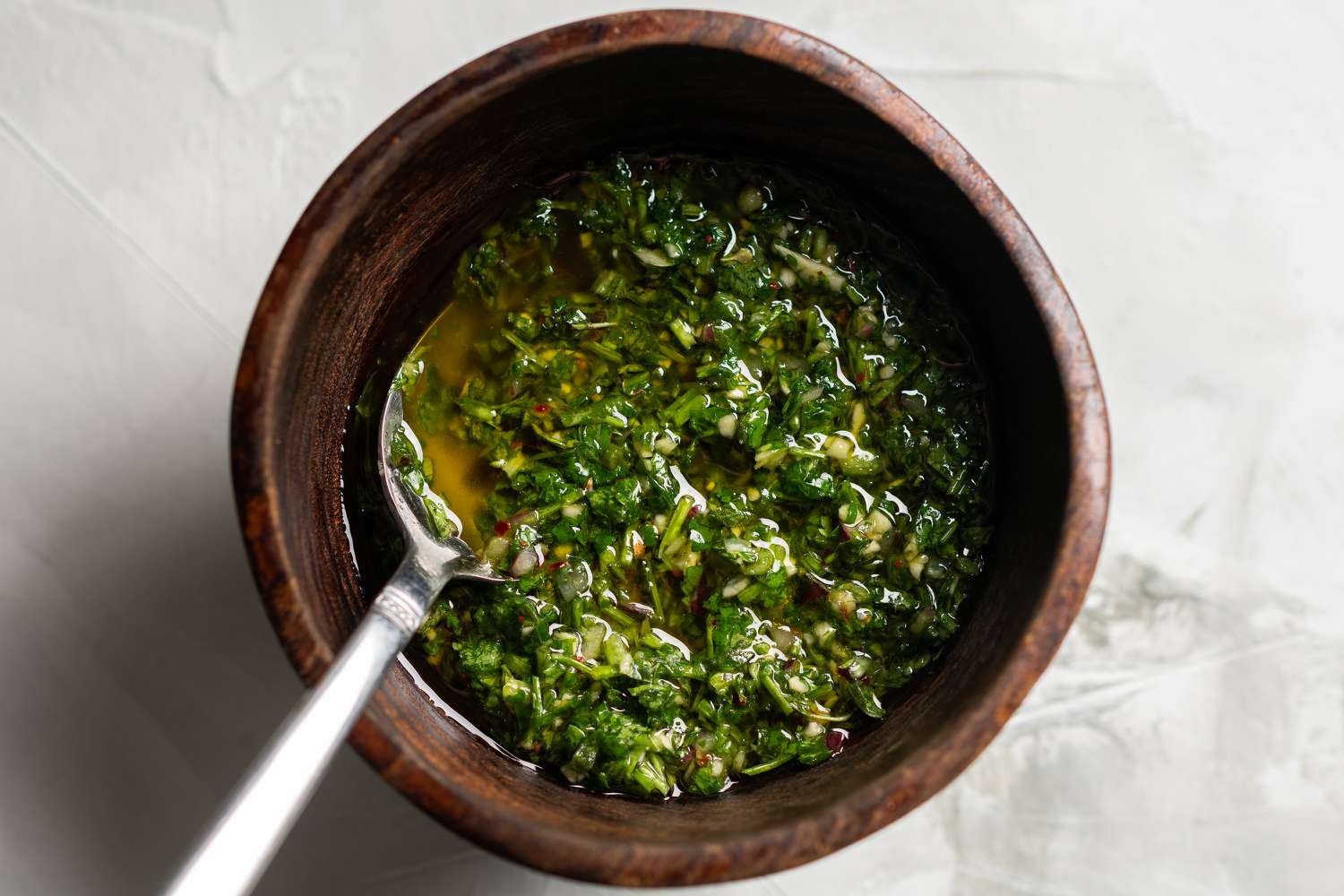
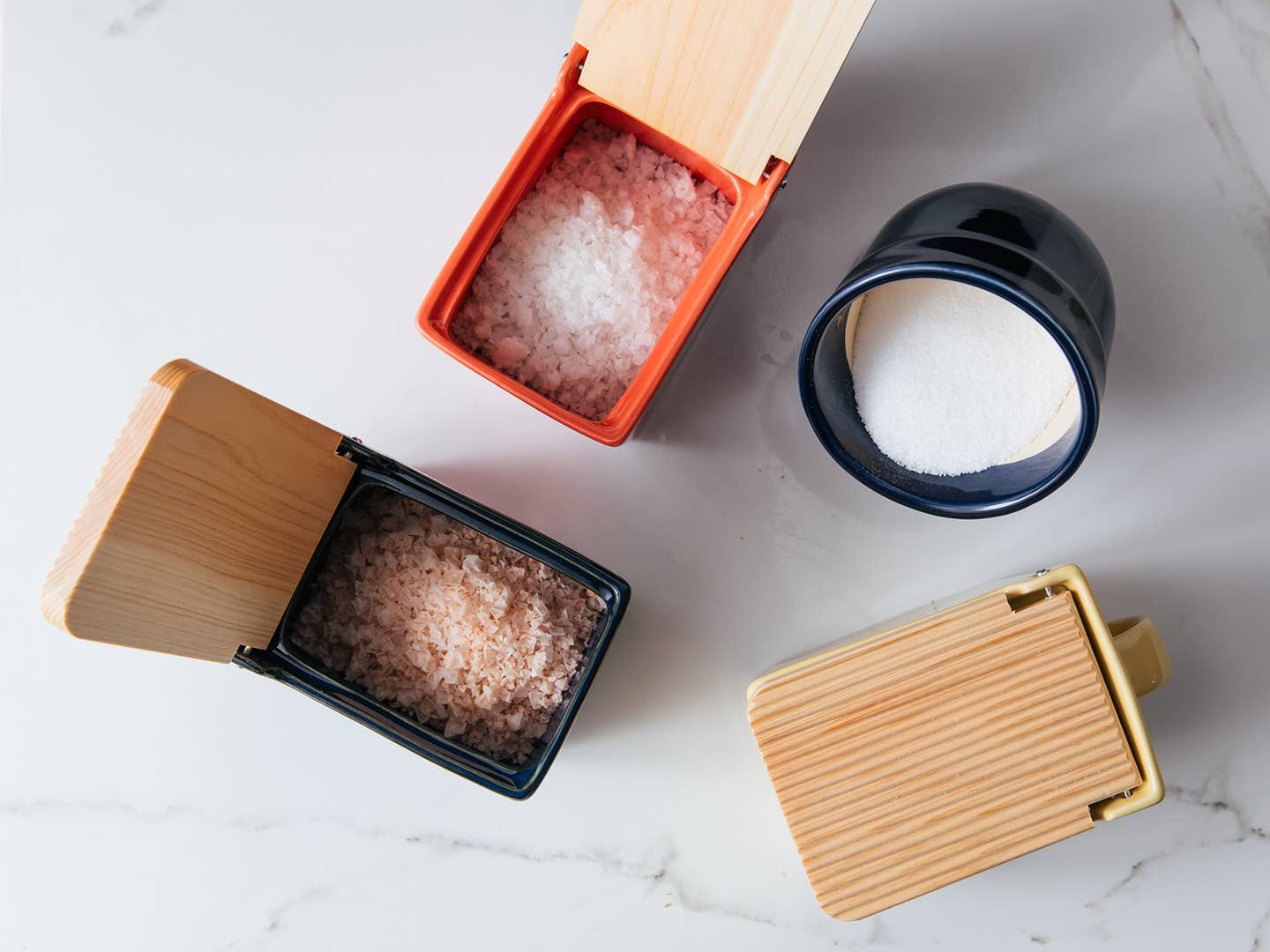
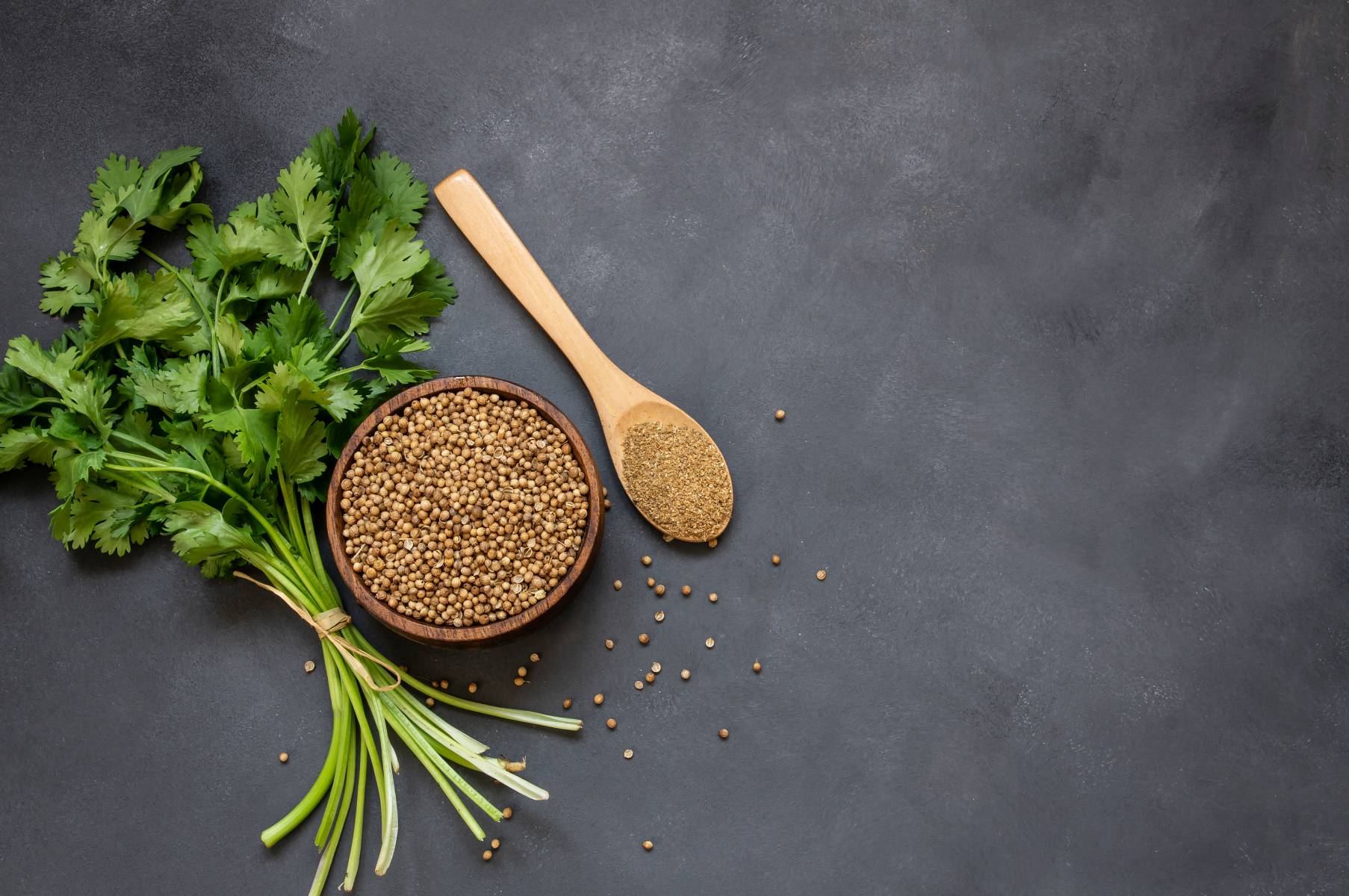
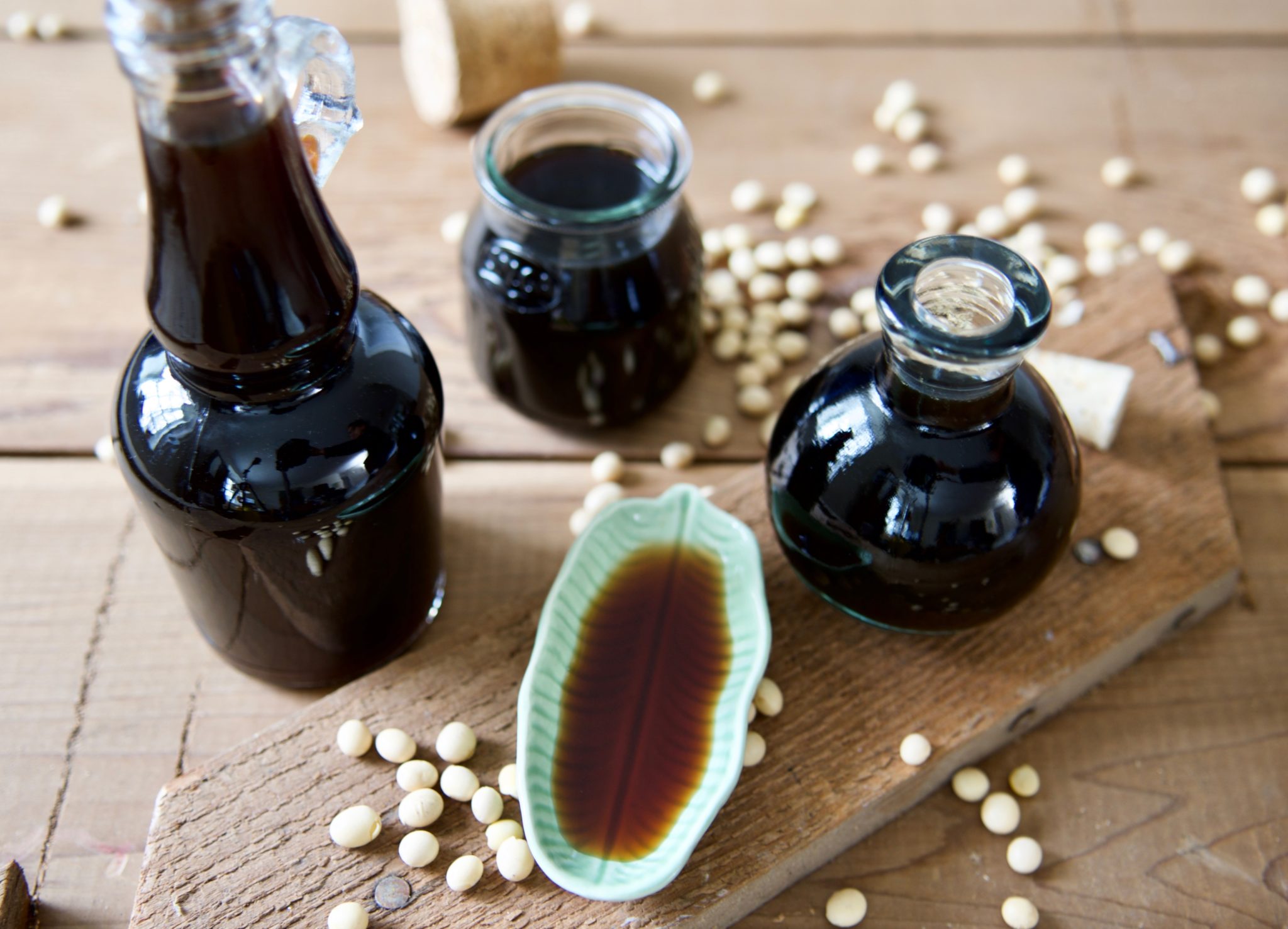

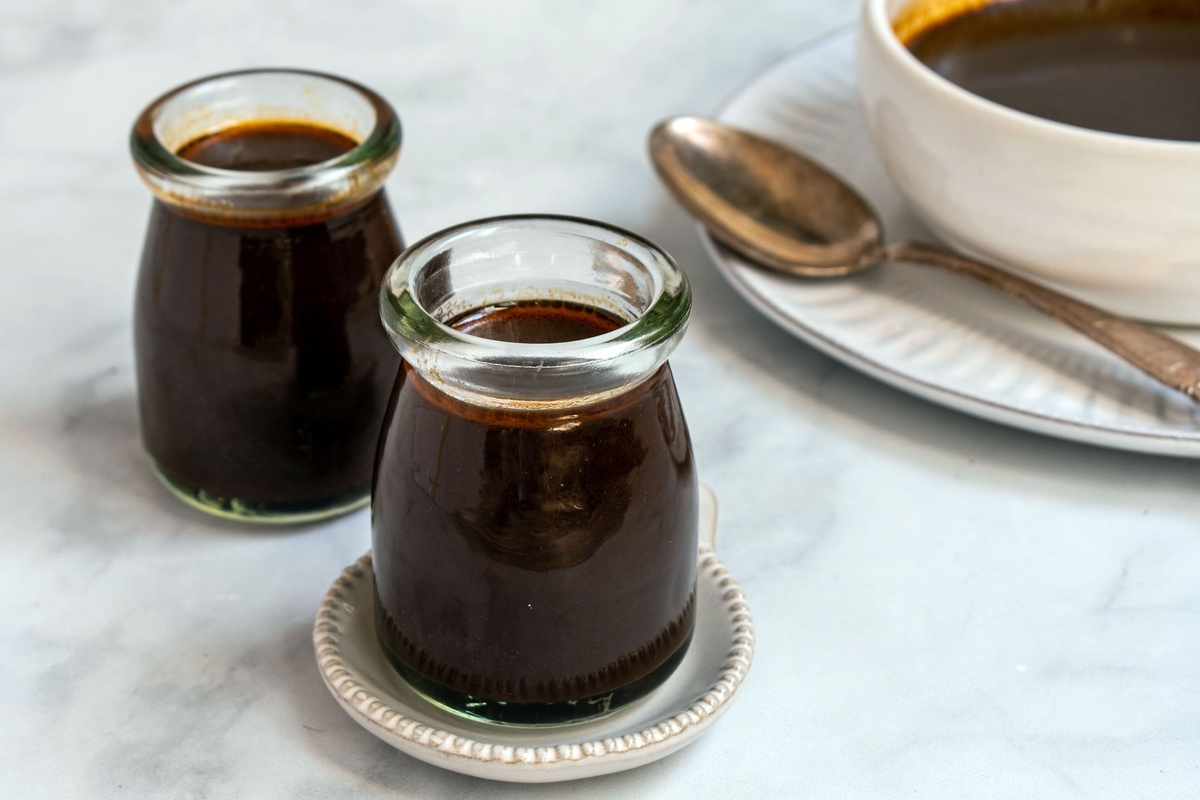

0 thoughts on “How To Store Spices In Cabinet”